Self-advocacy is a topic that is increasingly discussed in connection with autism. Often, we hear in the media about adults who are autistic advocates, such as those in organizations like the Autistic Self-Advocacy Network or the Autism Women and Nonbinary Network. These individuals have made a career out of advocating for the rights of autistic and other disabled people. They are increasingly powerful and well-respected in political spaces, and they have played important roles on policy initiatives as large and wide-reaching as the Affordable Care Act or student loan debt forgiveness. Although often labeled “self-advocates,” a more accurate term for these influential individuals is “political advocates” or “community activists,” who are making change not just for themselves, but for the disability community more broadly.
While few children will go on to become advocates in this way, every child and teen should be empowered to be a self-advocate. At its core, self-advocacy is the ability to speak up for oneself and tell others what you need to be happy and successful. Self-advocacy is a critical skill that begins developing in childhood and continues through adulthood. Research has shown that for people with disabilities in particular, quality of life (how happy and fulfilled by their life a person is) is strongly related to self-advocacy. Self-advocacy is often more strongly related to quality of life than even more concrete factors like a person’s education, or employment or living situation. Simply put, people who know what they need and want, and can ask for it, feel happier!
Self-advocacy is a skill that develops over time, so we can begin supporting and teaching these skills at any age.
Self-advocacy for young children
- Self-advocacy often begins with practicing identifying feelings and sharing them with others, like being able to say when you are upset, or do not like something or need a break. Adults can support this by modeling talk about their own feelings and making sure to listen and validate children’s feelings. Even if we cannot “fix” the situation that is making them upset, we can let them know that we understand and try to help them feel better or at least identify options in a difficult situation.
- This also means that we need to be cautious about forcing children to share or take turns. Adults can also help children to learn appropriate ways of advocating like saying, “I’m not done with that yet” or “this toy is really special to me” or by offering to make a trade.
- It is also important to model appropriate personal space by asking before hugging or touching the child and encouraging adults outside the family to use high fives or fist bumps, rather than assuming it is okay to hug.
- For children who are not communicating verbally, teaching American Sign Language (ASL) signs or programming in Augmentative and Alternative Communication (AAC) supports that allow them to communicate things like “I don’t like that” or “Stop please” or “I need a break” can support their self-advocacy development.
Self-advocacy for older children and pre-teens
- We can build self-advocacy skills by helping youth begin learning the triggers or situations that are difficult for them and the coping and conflict-resolution strategies they can use. At this age, youth can start to recognize things like how noisy environments, specific academic tasks or changes in routine affect them. They can also learn to identify which coping strategies (e.g., taking deep breaths versus reading a book) help them and let others know which they prefer.
- This is also a good age to begin working on skills for resolving conflicts with both peers and adults in respectful, appropriate ways. Youth can learn to express that they have a different opinion, or that they would like to do something in a slightly different way. Learning how to make a compromise is a great strategy for self-advocacy. The book Solving Executive Function Challenges by Lauren Kenworthy, PhD, is a great resource for learning about how to do this.
- You can continue building skills for advocating around their bodies and personal space by helping youth tell others what kinds of touch they do and do not like. Also consider allowing youth to communicate when they can make eye contact, versus when they need to be able to avoid eye contact to regulate and communicate at their best.
- For youth who have more limited verbal communication skills, they can learn to use simpler phrases (either verbally or through AAC) to express these ideas, such as “five more minutes” or “I do it this way” or “it’s too loud.”
Self-advocacy for teens prepare for young adulthood
- Adolescence is a critical time for youth to build skills for knowing themselves and advocating for how they learn best. Adults can help youth continue to identify and express what situations are most triggering or stressful for them, as well as the accommodations and supports that allow them to succeed.
- This is also a great time to “conduct experiments” in which teens can test out different strategies to support their own learning and independence, rather than relying on the adults around them. At this age, it is important for adults to step back and allow teens to try out strategies that may be different from their own approaches to let them learn for themselves, and then share their “findings” with others. Teens should also learn about any formal supports that they may be getting through a 504 Plan or Individualized Education Program (IEP) and participate in those meetings to provide input on their own goals and accommodations.
- Adolescents also need to have clear, direct conversations about how to ask for and express consent when it comes to personal space, peer and adult relationships and romantic relationships. Teens should be encouraged to communicate how others’ actions make them feel and learn how to set their own boundaries.
- For adolescents who do not usually communicate verbally, it is critical to maximize their opportunities to communicate for themselves. It is common for people like teachers or therapists to talk to family members about the teen, rather than talking to the teen directly, or to talk to the teen as though they were much younger. These patterns often continue into adulthood. It is important to empower these teens to express their thoughts and wishes directly to others and to be sure their voices are heard.
Becoming an effective self-advocate is a lifelong journey, and we can all continue to be better at advocating for ourselves. By listening to your child’s thoughts and feelings, modeling respectful communication and encouraging youth to speak up for themselves, families can prepare their children to advocate for themselves throughout their lives.
 https://riseandshine.childrensnational.org/wp-content/uploads/2025/03/woman-being-mindful-feature.jpg
300
400
Danielle Robbins
https://riseandshine.childrensnational.org/wp-content/uploads/2017/11/childrens_riseandshine_logo.jpg
Danielle Robbins2025-03-19 16:47:262025-03-19 16:48:14Self-care for parents of children with autism: Avoiding burnout
https://riseandshine.childrensnational.org/wp-content/uploads/2025/03/woman-being-mindful-feature.jpg
300
400
Danielle Robbins
https://riseandshine.childrensnational.org/wp-content/uploads/2017/11/childrens_riseandshine_logo.jpg
Danielle Robbins2025-03-19 16:47:262025-03-19 16:48:14Self-care for parents of children with autism: Avoiding burnout




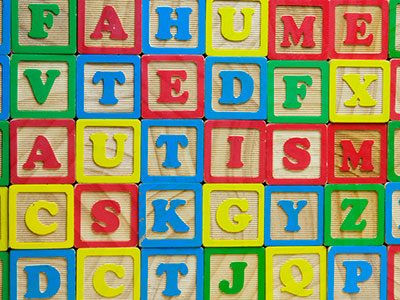

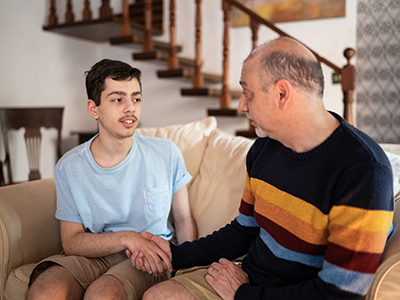



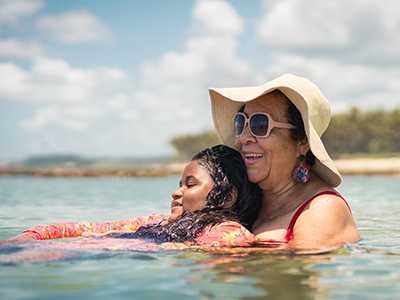



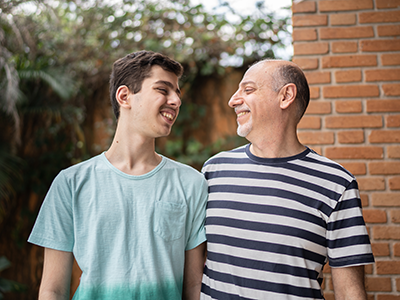




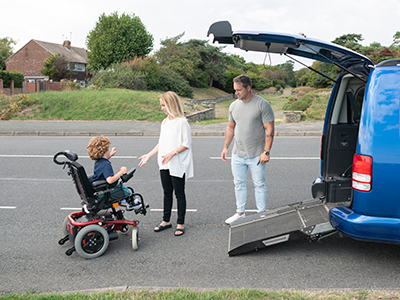


Leave a Comment
Want to join the discussion?Feel free to contribute!